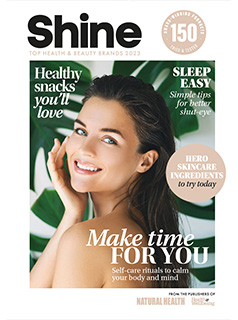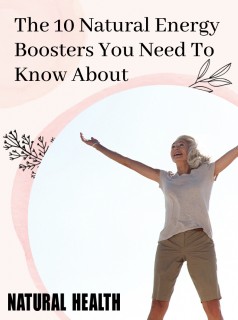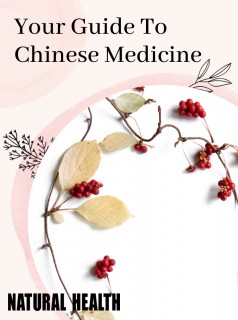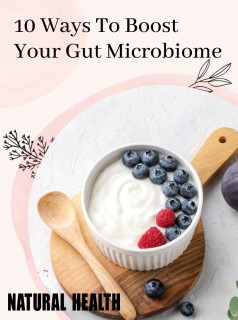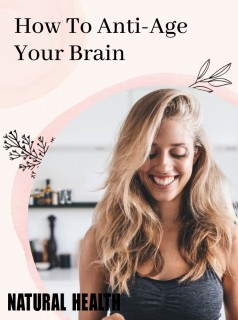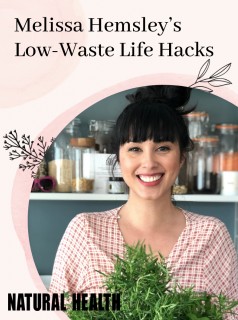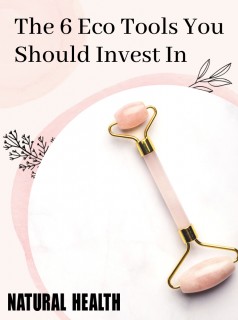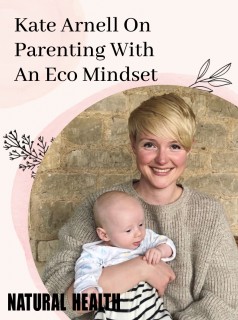Make these simple switches on your shopping list to optimise your health, says nutritionist Susie Kearle
Make these simple switches on your shopping list to optimise your health, says nutritionist Susie Kearle
Butter or margarine?
Both butter and margarine contain some non-essential fatty acids which compete with omega 3 and 6 in the diet, but which is best?
BUTTER
MARGARINE
Health verdict:
Fish oil or linseed?
Fish oil and linseed are rich in essential fatty acids and are good sources of omega 3 which is essential for the proper functioning of the brain and nervous system.
FISH OIL LINSEED
Health verdict
Peanuts or almonds?
Peanuts and almonds are rich in monounsaturated fat which is good for your heart, as well as containing zinc and protein.PEANUTS ALMONDS
Health verdict :
Oat cakes or rice cakes?
OAT CAKES
RICE CAKES
Rice cakes are very low in calories. They are usually made from white rice which is not as nutritious as oats. Rice cakes have a glycaemic index of 82 –higher than sugar. But the impact on blood sugar levels is countered by a low carbohydrate content per cake.
Health verdict:
Wholemeal or granary?
Wholemeal bread is made from the whole grain, finely milled to give a light texture. Granary bread is often made from refined white flour with some bran and wheat germ added back in for texture. Granary canal so be made from wholegrain.
WHOLEMEAL
GRANARY
Health verdict
Brown rice or quinoa?
Brown rice is a high-carbohydrate grain, whille quinoa is a high protein option.
BROWN RICE
QUINOA
Health verdict
Soya mince or quorn?
Both soy and quorn are heavily processed and controversial. They are both complete proteins, containing all the essential amino acids.
SOYA MINCE
QUORN
Health verdict
Bottled water versus tap water?
Bottled water is a booming business – partly because of the perceived better taste of it compared with tap water. But what about the health credentials?
TAP WATER
BOTTLED WATER
Health verdict
Smoothie or fresh fruit?
Fresh fruit or packaged smoothies: both are a quick and easy way to get your healthy five-a-day, but which is best?
SMOOTHIES
FRESH FRUIT
Health verdict
Article by
Susie Keerley
Nutritional therapist
Nutritional therapist
Discover more
Article by
Susie Keerley
Nutritional therapist
Nutritional therapist
Discover more






